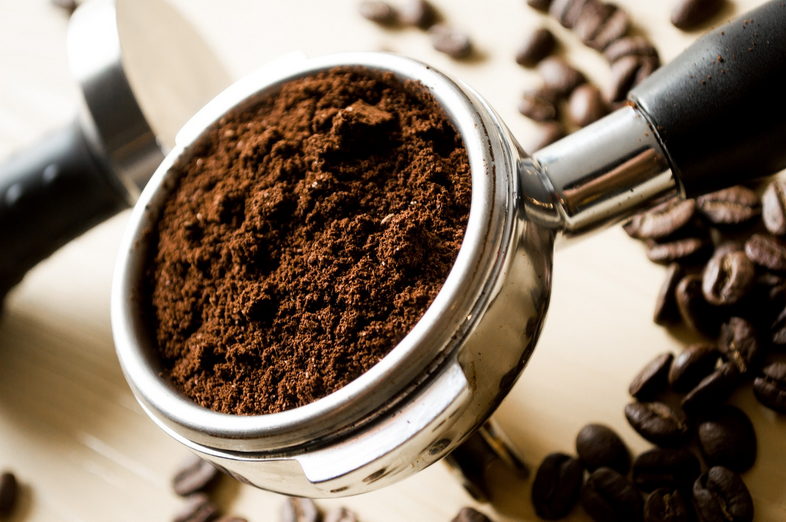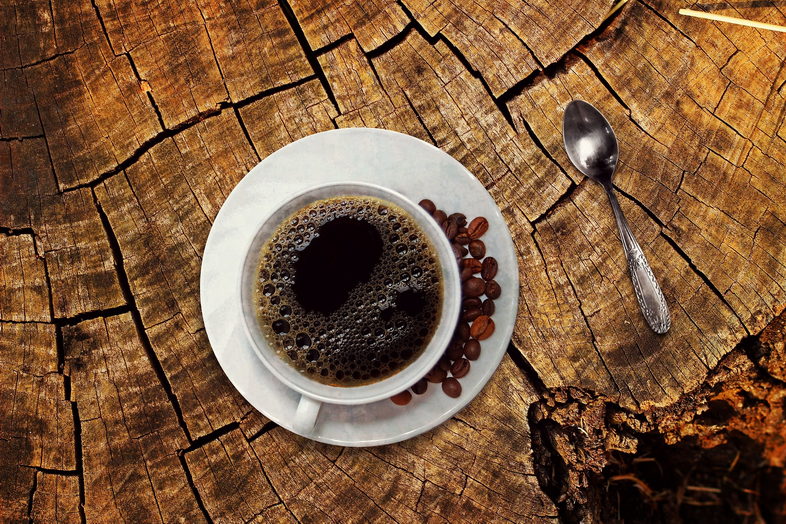Pour-over coffee brewing has become increasingly popular in recent years as coffee aficionados seek a more hands-on approach to making their daily cup of joe. Unlike automatic drip coffee machines, pour-over coffee brewing requires a bit of technique and skill, but the results can be well worth it. In this beginner’s guide, we’ll cover the basics of pour-over coffee brewing, including the equipment you’ll need, the brewing process, and some tips and tricks to help you get the perfect cup every time.

Equipment Needed for Pour-Over Coffee Brewing
To get started with pour-over coffee brewing, you’ll need a few basic pieces of equipment. Here’s what you’ll need:
A pour-over coffee maker:
The most common pour-over coffee maker is the Hario V60, but there are other options available as well, such as the Chemex or Kalita Wave. Choose the one that appeals to you the most.
Coffee filters:
Most pour-over coffee makers require paper filters. Make sure you buy the right size for your coffee maker.
A gooseneck kettle:
A gooseneck kettle allows you to control the flow of water, which is essential for pour-over coffee brewing.
Freshly roasted coffee beans:
Look for high-quality coffee beans that have been roasted within the last two weeks. Choose a roast level and origin that suits your taste preferences.
A grinder:
To get the best flavor out of your coffee beans, it’s important to grind them just before brewing. A burr grinder is the best type of grinder for pour-over coffee brewing.

Brewing Process for Pour-Over Coffee
Now that you have all the equipment you need, it’s time to start brewing your pour-over coffee. Here’s a step-by-step guide:
Heat water to the appropriate temperature:
The ideal temperature for brewing pour-over coffee is between 195 and 205 degrees Fahrenheit. Use your gooseneck kettle to heat water to the appropriate temperature.
Grind your coffee beans:
Measure out the appropriate amount of coffee beans for your desired strength and grind them to a medium-fine consistency.
Wet the coffee filter:
Place the coffee filter in the pour-over coffee maker and wet it with hot water. This helps to eliminate any paper taste from the filter and preheat the coffee maker.
Add the coffee grounds:
Add the coffee grounds to the wet filter.
Start the pour:
Slowly pour hot water over the coffee grounds in a circular motion. Start in the center and work your way outwards, making sure to wet all of the grounds.
Control the flow:
As you pour, use your gooseneck kettle to control the flow of water. You want to aim for a steady, slow pour that allows the coffee to bloom and extract evenly.
Wait and enjoy:
After you’ve finished pouring, wait for the coffee to drip through the filter and into your mug. This should take around 2-3 minutes. Enjoy your delicious cup of pour-over coffee!

Tips and Tricks for Perfecting Your Pour-Over Coffee
While the basic pour-over coffee brewing process is simple, there are a few tips and tricks you can use to make your coffee even better. Here are some of our favorites:
Use fresh, high-quality coffee beans:
The quality of your coffee beans will have a huge impact on the taste of your coffee. Invest in high-quality, freshly roasted beans for the best results.
Experiment with different coffee-to-water ratios:
The standard coffee-to-water ratio for pour-over coffee is 1:16 (one part coffee to sixteen parts water), but you can adjust this to suit your taste preferences. Try using more or less coffee, or adjusting the amount of water you use, until you find the perfect ratio for you.
Control the water temperature:
As we mentioned earlier, the ideal temperature for brewing pour-over coffee is between 195 and 205 degrees Fahrenheit. Use a thermometer to make sure your water is at the right temperature.
Use a scale to measure your coffee and water:
While you can use measuring cups to measure your coffee and water, a scale is a more precise tool. Use a scale to make sure you’re using the right amount of coffee and water for your desired strength.
Preheat your coffee mug:
Pour-over coffee can lose heat quickly, so preheating your mug can help to keep your coffee warm for longer. Simply pour some hot water into your mug before you start brewing your coffee.
Experiment with different pour techniques:
The pour-over coffee brewing process allows for a lot of experimentation. Try different pour techniques, such as swirling the water in the coffee maker or using a pulse pour, to see how they affect the taste of your coffee.
Clean your equipment regularly:
To keep your pour-over coffee maker and other equipment in good condition, it’s important to clean them regularly. Use hot water and soap to clean your coffee maker and filters after each use.
In conclusion, pour-over coffee brewing is a great way to enjoy a delicious and high-quality cup of coffee. With the right equipment, brewing process, and some tips and tricks, you can make your own pour-over coffee at home that rivals what you can get at a coffee shop. So go ahead, give it a try, and savor the taste of a perfectly brewed cup of pour-over coffee!

